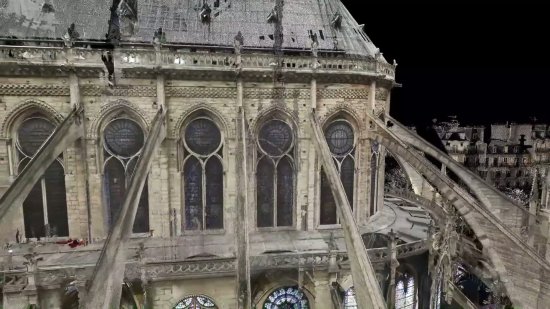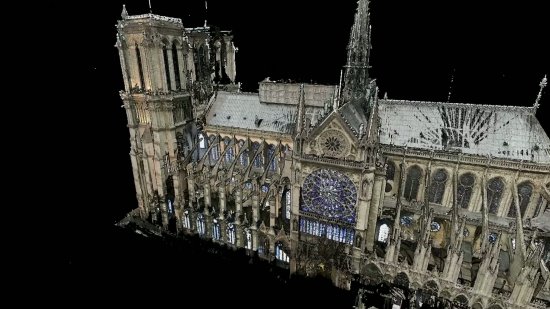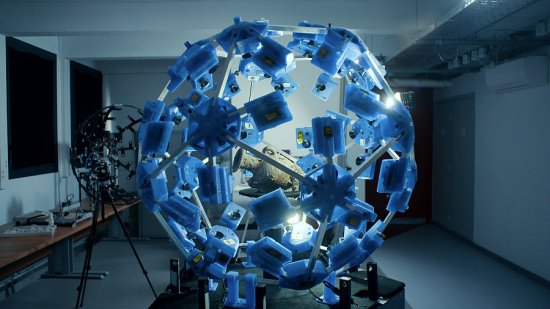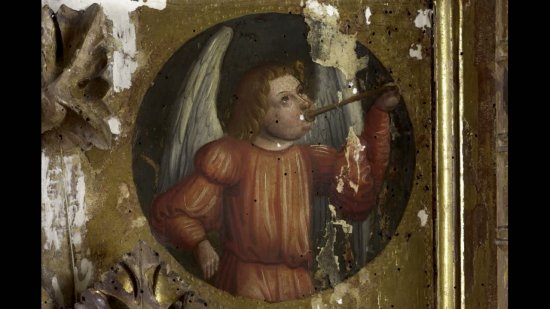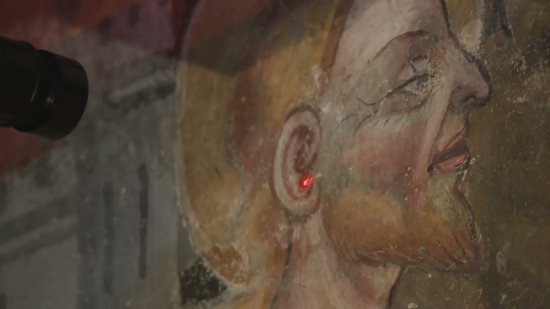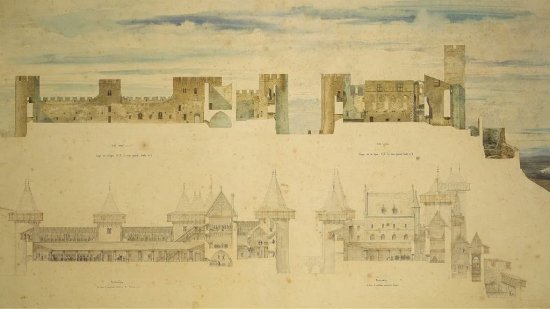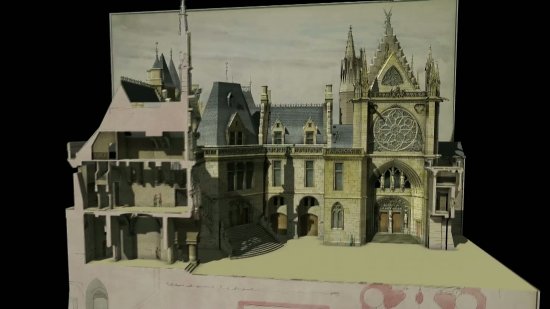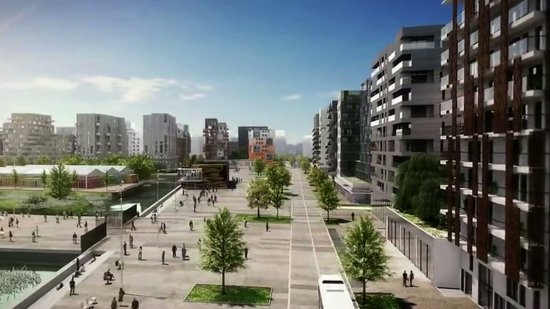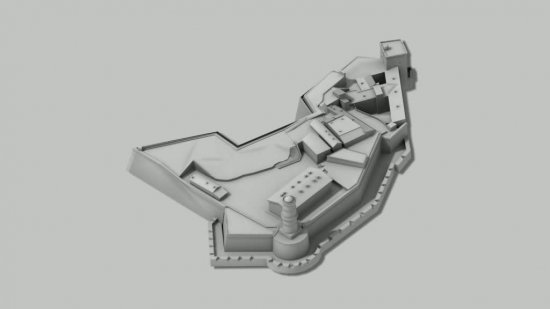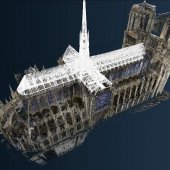
Modèles et simulations pour l'Architecture et le Patrimoine (MAP)
MARSEILLE CEDEX 09
Bringing together architects, engineers, historians, computer scientists and conservation scientists, the work of the MAP focuses on the development and implementation of methods and tools relating to new information and communication technologies, in their applications to both the humanities and the engineering sciences and concerning architecture and heritage.
